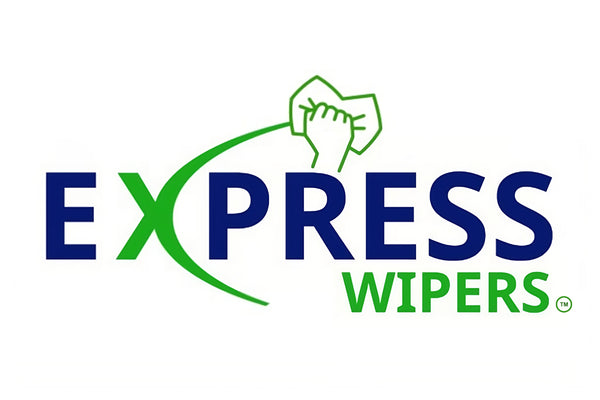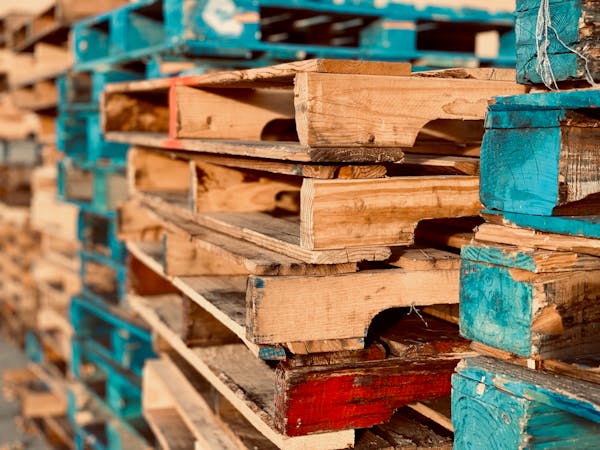In our increasingly environmentally conscious society, the demand for sustainable solutions across industries is growing. One innovative response to this demand within the textile industry is the transformation of textile waste into eco-friendly cleaning rags. This process not only reduces waste but also provides a second life for materials that would otherwise end up in landfills. Here’s a closer look at the journey from discarded fabric to a valuable cleaning tool, highlighting the steps of collection and sorting, cleaning and sanitization, cutting and packing, and finally, distribution.
The Collection and Sorting Process
The journey begins with the collection of textile waste. This waste can come from various sources, such as used clothing and home textiles, ex-hotel linen. The sorting process begins, which is crucial for determining the final quality of the cleaning rags. Textiles are sorted based on material type, color, and condition. Natural fibers like cotton and linen are especially valued for their absorbency and durability, making them ideal for cleaning purposes.
The Cleaning and Sanitization Processes
Once sorted, the textiles undergo a thorough cleaning and sanitization process. This step is vital for ensuring that the finished rags are not only visually clean but also hygienically safe. The textiles are laundered at high temperatures with eco-friendly, industrial-grade detergents that effectively remove dirt.
The Cutting and Packing Process
After the textiles are cleaned and dried, they move on to the cutting stage. This stage involves resizing the fabrics into practical, usable rag sizes. Cutting is typically automated to ensure uniformity and efficiency, though some operations might do this manually to better customize the rag sizes according to specific customer needs. Once cut, the rags are packed. Packaging options vary widely depending on what has been ordered 5kg plus into an eco-friendly plastic bag and then placed in an eco-friendly reclaimed cardboard box ready to get sent off.
Distribution
Finally, the cleaned, cut, and packed rags are ready for distribution. They find their way into various markets, including janitorial services, automotive shops, factories, and even households, where they serve as an eco-friendly alternative to disposable paper towels and synthetic sponges.
The Environmental Impact
By converting textile waste into cleaning rags, we not only mitigate the massive amounts of waste going to landfills but also reduce the demand for virgin materials. This process conserves resources and energy, reduces carbon emissions associated with new textile production, and offers a sustainable, circular economy model for industries to emulate.

